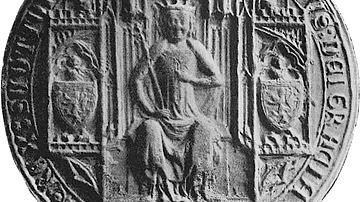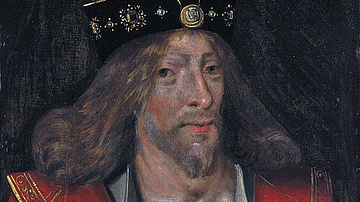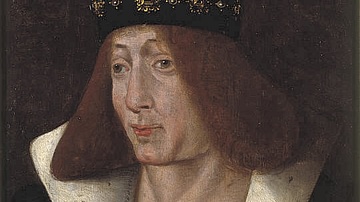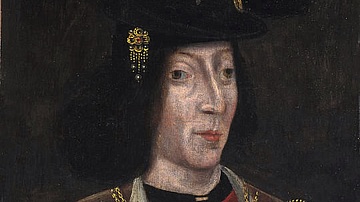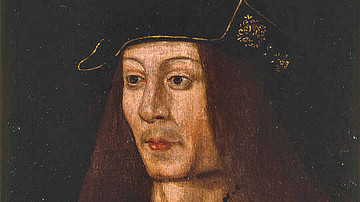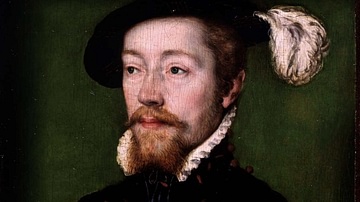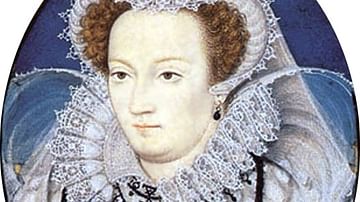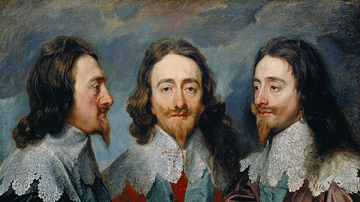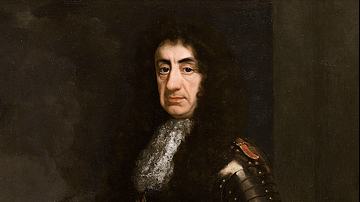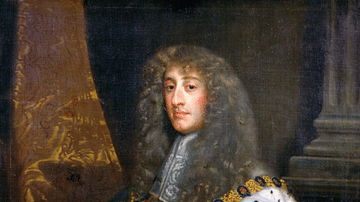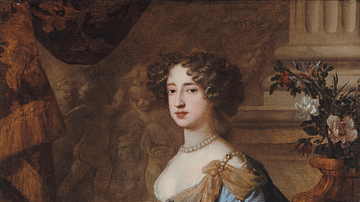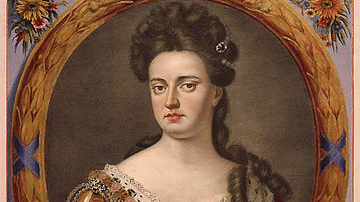The Stuart royal line (originally spelt Stewart) was founded in Scotland when Robert II took the throne in 1371. James VI of Scotland (in England known as James I) then unified the Scottish and English crowns following the death of Elizabeth I of England in 1603. The Stuarts went on to rule over both kingdoms until the death of Queen Anne in 1714.
In this collection, we examine in detail the reigns of the key Stuart monarchs north and south of the border. The House of Stuart provided a transition from the late medieval Tudors to the early modern Hannovers. Stuart monarchs – often too close for comfort – witnessed some tremendous events such as the Gunpowder Plot (1605), the English Civil Wars (1642-51), the execution of Charles I (1649) and the abolition of the monarchy, the Stuart Restoration (1660), and the Act of Union (1707).
The 14 Stuart monarchs were:
- Robert II of Scotland (r. 1371-1390)
- Robert III of Scotland (r. 1390-1406)
- James I of Scotland (r. 1406-1437)
- James II of Scotland (r. 1437-1460)
- James III of Scotland (r. 1460-1488)
- James IV of Scotland (r. 1418-1513)
- James V of Scotland (r. 1513-1542)
- Mary, Queen of Scots (r. 1542-1567)
- James VI of Scotland (r. 1567-1625) & James I of England (r. 1603-1625)
- Charles I of England (r. 1625-1649)
- Charles II of England (r. 1660-1685)
- James II of England (r. 1685-1688)
- Mary II of England (1689-1694) - reigned jointly with William III of England (r. 1689-1702)
- Anne, Queen of Great Britain (r. 1702-1714)
